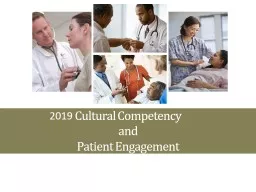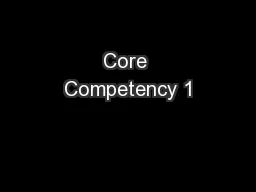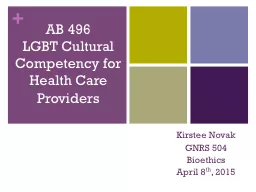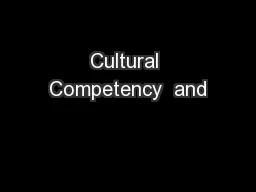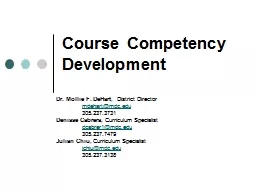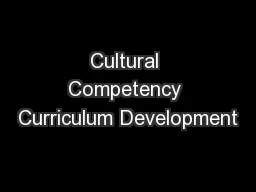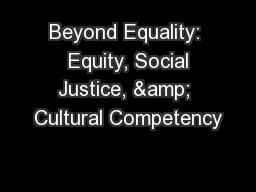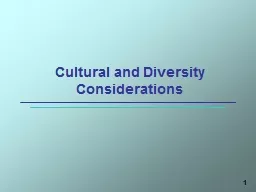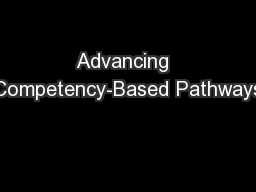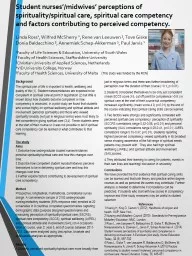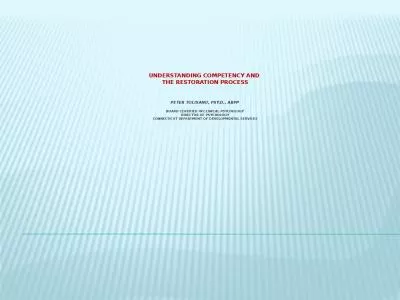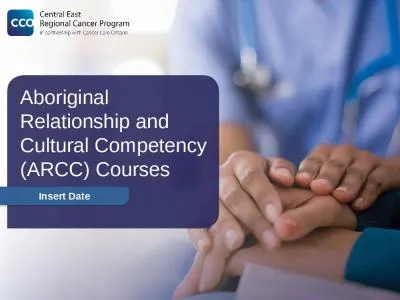PPT-Cultural Competency and
Author : ellena-manuel | Published Date : 2019-11-24
Cultural Competency and Patient Engagement 2019 What is Culture Culture refers to integrated patterns of human behavior that includes language thoughts actions customs
Presentation Embed Code
Download Presentation
Download Presentation The PPT/PDF document "Cultural Competency and" is the property of its rightful owner. Permission is granted to download and print the materials on this website for personal, non-commercial use only, and to display it on your personal computer provided you do not modify the materials and that you retain all copyright notices contained in the materials. By downloading content from our website, you accept the terms of this agreement.
Cultural Competency and: Transcript
Download Rules Of Document
"Cultural Competency and"The content belongs to its owner. You may download and print it for personal use, without modification, and keep all copyright notices. By downloading, you agree to these terms.
Related Documents

